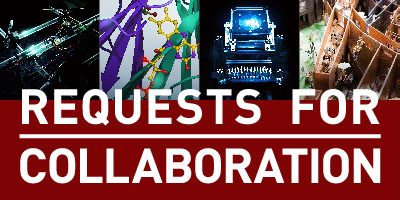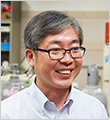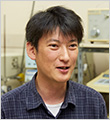We will challenge environmentally conscious manufacturing based on chemical technology and biotechnology. Through manufacturing, we will cultivate human resources that will contribute to the creation of an affluent and safe society in which sustainable development and conservation of the global environment are compatible. Regarding research, we will explore new fields via the coexistence and fusion of both chemical technology and biotechnology. Regarding education, we offer not only expert knowledge but also curriculum designed to train professional engineers and researchers who can gain insight into the influence of science and technology on both society and a global scale and can judge and solve problems properly by themselves.

Cell Engineering
We are researching the potential of microorganisms using yeast and E. coli as models.
Microorganisms play an important role in biotechnology. Many of the phenomena regarding cells have already been made clear, while full-scale research regarding application is advancing. In our laboratory, we are researching the potential of microorganisms, using yeast and E. coli as models. Our goal is to apply microbial cells with new functions, constructed through genetic modification, to a wide range of fields including human sustenance (food), the environment, energy and medical fields.
We are paying special attention to the surface structure of yeast. Used for fermentation and brewing since ancient times, yeast have a high growth speed, and therefore high applicability. Its surface layer is strong, making it suitable for processing. On the surface layer yeast has structures that activate immunization. For example, in regards to the food industry, we are working on modification that will possibly allow maximization of the immunization function of a baker's yeast. We also found that a mutant strain of baker's yeast has a strong emulsifying action in cells, and applied for a patent in regards to this. We are promoting research in collaboration with manufacturers towards the application of these results in ensuring ingredients have both immunopotentiative and emulsifying properties.
By making full use of the latest technology, this field can open a new world of possibilities
Using the metal absorbing property of the yeast cell, it is also possible to recover harmful heavy metals and rare metals. In our research, we discovered the adsorption strength can be increased by phosphorylating polysaccharides. We are trying to increase functionality and lower the cost for practical application.
We are also working on the development of antifungal drugs with, few side effects, using yeast and the development of catalytic microorganisms suitable for microbial fuel cells. Microbial fuel cells convert electrons produced by microorganisms, metabolizing sugar and other organic substances into electric energy. Our goal is to improve the output power necessary for practical application by modifying genes of E. coli.
Currently, not only gene recombination, but also the technology for the artificial synthesis of yeast chromosomes have already been created. Further advancing this research should allow us to utilize microorganisms in unexpected applications. Opening a new world by applying the latest technology to cells, which have existed since ancient times, is a very fascinating field of research.
Applied Chemistry and Bioengineering Research Areas
Energy and Materials Chemistry
In order to realize a sustainable society, it is essential to study sustainable energy and the chemistry of all related materials. Our work in this research field covers everything from fundamental research including materials chemistry based on inorganic chemistry, organic chemistry, physical chemistry, analytical chemistry and other branches as well as for applications regarding batteries, nanomaterials and the treatment of harmful substances.
Industrial Inorganic Chemistry
We focus on the design, synthesis and characterization of advanced inorganic materials as well as the fabrication of “storage batteries”, “artificial photosynthesis systems” and “fuel cells” to mitigate energy and environmental issues. We aim to improve the electrochemical and catalytic activity of materials by designing the structure of metal oxides and metal complexes at the atomic, molecular or nano-sized scale.
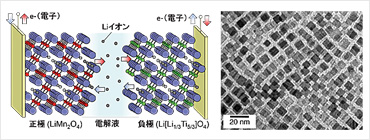
- Particle morphology (left) and crystal structure (right) of an electrode material
Physical Analytical Chemistry
We are working on development and applied research regarding methods for microscopic · microanalysis. Recently, we successfully visualized a three-dimensional distribution of the elements of various samples by applying X-ray analysis technology. We use this method for precise analysis of environmental samples, biological samples, samples that are cultural assets, and discriminant materials.
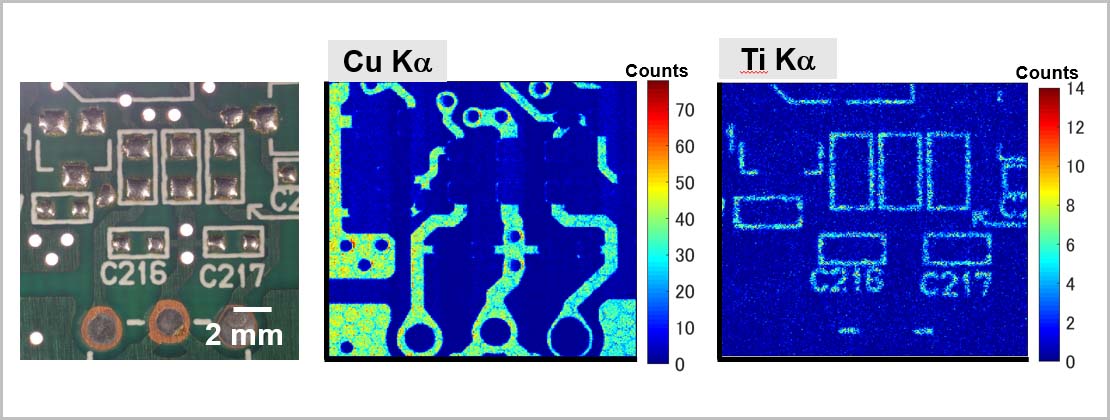
- Full field XRF elemental imaging by single photon counting analysis using X-ray CCD camera. (Sample: electronic printed circuit board)
Researchers
*Click to view researcher profiles
-
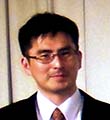
Prof.
YAMADA Yusuke -
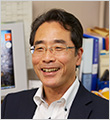
Prof.
TSUJI Kouichi -
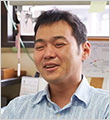
Assoc. Prof.
ARIYOSHI Kingo -
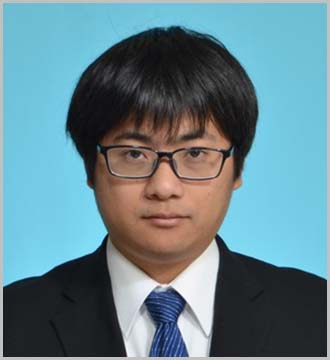
Special Appointment RA
MATSUYAMA Tsugufumi
Molecular Science
Our goal is the creation of new materials and substances that can contribute to the creation of a sustainable future society. We wish to achieve this by designing substances at the atomic and molecular level, and synthesizing functional organic molecules, organic materials and polymers. In particular, we are working on the development of reactions to organic synthesis, functional polymer synthesis, control of polymer’s physical properties, control of functional optical properties, and more. We aim to promote the creation of substances that could be applied in optics, electronics, the development of drugs and other various medical fields. Through the creation of such substances, we wish to teach vital knowledge and cultivate specialists who can play an active role in the future as researchers and engineers.
Organic and Polymer Chemistry
We are developing high performance of organic materials and polymer materials with new functionality that cannot be achieved by conventional method. Our research interests involve evaluation of compatibility as well as the crystal structure of multi-component polymers, conductivity of filler dispersed polymers, chemical reaction of active species with polymer, and photosensitive polymers, synthesis of an environmentally friendly, organometal catalyst.
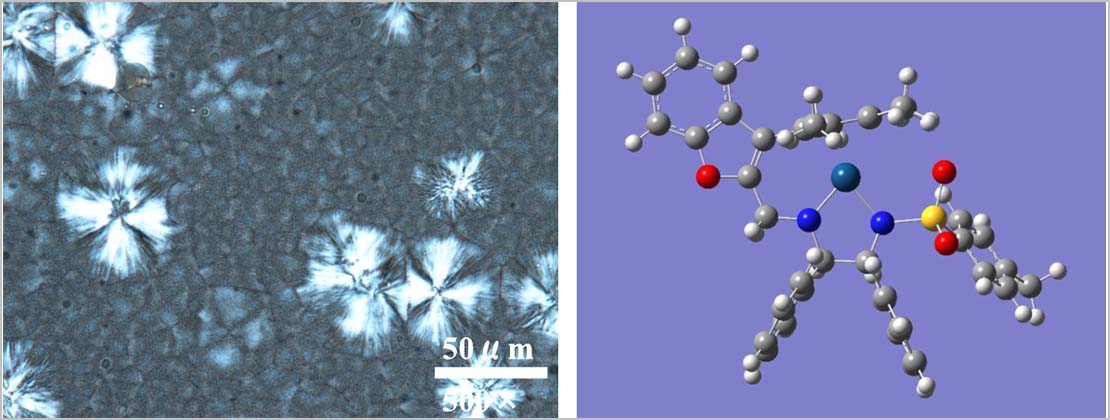
- Polarized micrograph of polyvinylidene fluoride spherulite (left)
- 3D molecular model of (diamine)iridacycle complex (right)
Functional Molecular Chemistry
We are designing functional molecules based on controlled polymerization and precise control of polymer reactions, and their application to the development of smart materials that can not be achieved by conventional polymer materials. We are also working on their application to dismantlable materials and stimuli-responsive materials, which are one of the most promising materials for energy saving and resource saving.
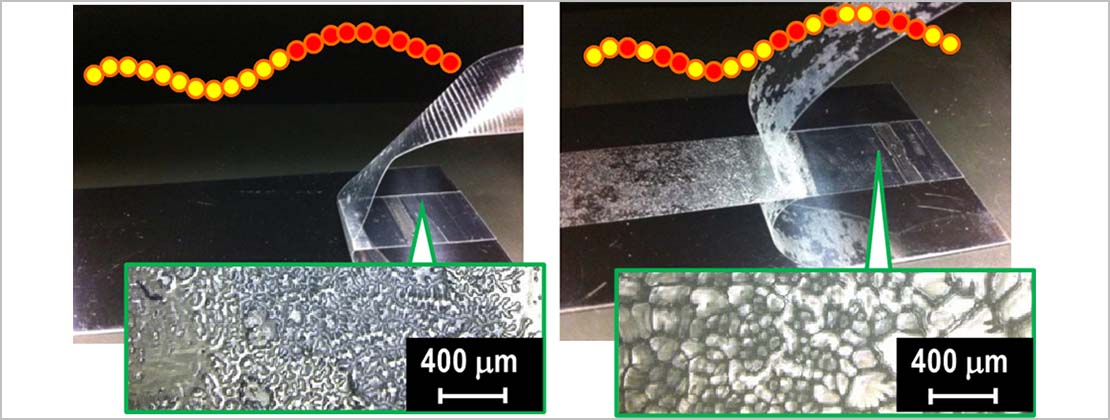
- Dismantlable (Debondable) pressure-sensitive adhesive polymers having different monomer sequences: Block copolymer (left) and random copolymer (right).
Materials Chemistry
We are researching the synthesis and properties of optically functional organic materials which are expected to become the materials of the next generation. These materials can be used as optical memory elements, display elements, optical sensors, thermosensors, photo actuators, and more. We are also working on the development of new elemental materials for displays, organic light emitting materials, and more.
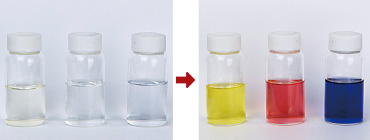
- These materials attain color when irradiated with ultraviolet light, and return to their original colorless state when irradiated with visible light
Researchers
*Click to view researcher profiles
-
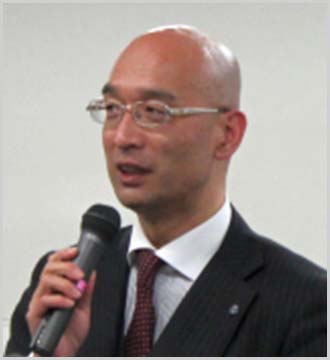
Prof.
HORIBE Hideo -
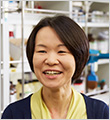
Prof.
SATO Eriko -
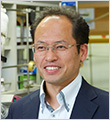
Prof.
KOBATAKE Seiya -

Assoc. Prof.
MINAMI Tatsuya -
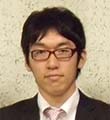
Lecturer
KITAGAWA Daichi
Chemical and Bioprocess Engineering
In this field we are developing environmentally friendly reaction processes, that combine chemical and biological processes in order to promote research in the boundary that lies between chemistry and biology. In particular, we are researching refinement of biomass and detoxification of environmental pollutants by using high-pressure technology, reaction engineering, crystallization, enzymatic reactions, and other techniques.
Chemical Reaction Engineering
We are researching environmentally friendly chemical processes that use high pressure based technology. We are also working on the detoxification of environmental pollutants with subcritical / supercritical fluid, developing an understanding of the physical properties and functions of food and biological substances under high pressure, and on the chemical conversion of biomass by photocatalysts.
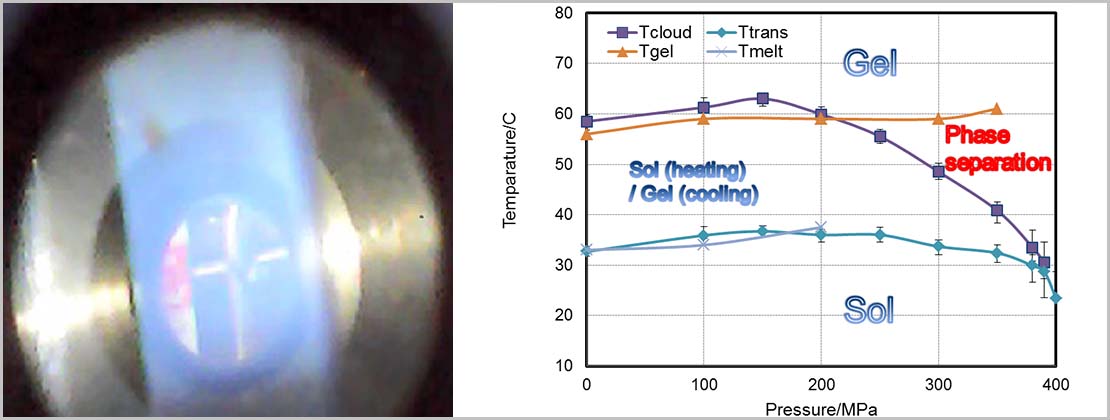
- Photograph of polysaccharide gel under high pressure, about 3000 atm, taken in-situ and the P-T phase diagram
Biochemical and Separation Engineering
We are working on the utilization of woody biomass. Especially, we are focusing on the application of lignin separated from the biomass by hydrothermal treatment. We are also working on the improvement of the crystallization process widely used in the manufacturing of pharmaceuticals and chemicals.
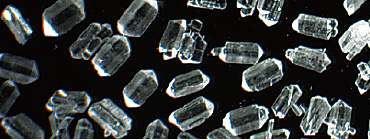
- Microscope photograph of an amino acid glycine
Bioscience
All biological phenomena are caused by chemical reactions of various biomolecules such as nucleic acids, proteins, and carbohydrates. In the field of bioscience, we study the molecular mechanisms behind biological processes as well as the development of useful materials to understand biological phenomena, to jointly improve our chemical knowledge and develop useful substances. In particular, we research the development of medical materials based on biopolymers, the synthesis of sphingolipid analogs and their mechanisms of apoptosis induction, structure-function relationships in redox proteins, the development of highly functional artificial antibodies, and more.
Biofunctional Engineering
We focus on the development of medical materials including anti-inflammatory drugs and anti-cancer drugs, and materials used for their delivery. An example of this would be our work on the development of useful tools for the medical field. For example, we are working on the development of tools that are useful in the medical field, such as new hemostatic agents that instantly gelate to cover areas that are bleeding as well as ginger-derived compounds that have the effect of suppressing inflammation caused by skin diseases.

-
Antitumor effects are caused by a compound derived from Zingiberaceae plant
A: HeLa cells derived from human cervical cancer cells.
B: Almost all of the cancer cells died after 24 hours exposure to the compound.
Biomolecular Engineering
We research proteins on the basis of genetic engineering. We also produce artificial proteins useful for humans by rewriting the blueprints of the proteins using techniques derived from genetic engineering. The results of this research can be used for the development of antibody drugs used to fight cancer as well as for antibiotics used against pathogenic microorganisms.
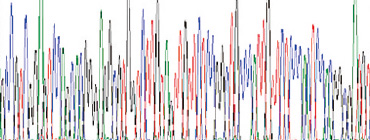
- Waveform data representing a nucleotide sequence obtained using an automatic DNA sequencing device
Researchers
*Click to view researcher profiles
-
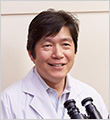
Prof.
NAGASAKI Takeshi
(Dean) -
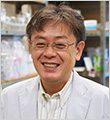
Prof.
KITAMURA Masaya -
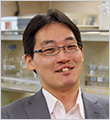
Assoc. Prof.
NAKANISHI Takeshi -
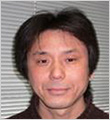
Lecturer
AZUMA Hideki
Bioengineering
At the turn of the 21st century our understanding of life phenomena has progressed dramatically, and we are entering an era when biotechnology based on these findings will make tremendous contributions to humanity. In the field of bioengineering, we work to create materials and technologies that can be used for human health, the development of new forms of energy and the realization of environmental preservation by utilizing the life phenomena of various organisms from an engineering point of view. We provide education as well as perform research in in regards to four fields of biochemical engineering; biomaterial engineering, cell engineering, drug discovery and biotechnology.
Biomaterials Engineering
We are moving from the field of engineering towards the realization of “regenerative medicine”, which treats diseases with tissue cells made from iPS, as well as other cell types. We are also developing “nucleic acid drugs” such as the world’s first microRNA inhibitor LidNA, made from high performance microRNA and DNA.
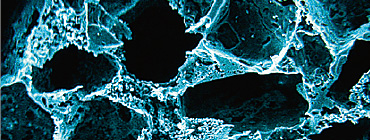
- Propagation of Mouse fibroblasts on porous cell scaffolds made from wool proteins
Cell Engineering
We are searching for microorganisms with new functions as well as constructing artificial functional cells using yeast and E. coli as model microorganisms. Our goal is to provide results contributing to the bioindustry, as well as promote understanding of the still mysterious microbial cells, with the hope of expanding their use to the field of engineering.
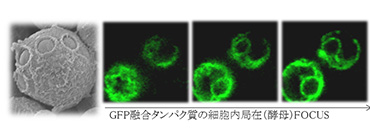
- Traces of yeast cell division (chitin staining)
Drug Discovery and Biotechnology
Our goal is to establish the new technology for the production of monoclonal antibodies, using genome editing and other biotechnologies, with the aim of creating high performance biopharmaceuticals. We are also developing the unique methods of antibody utilization that have never been tried before.
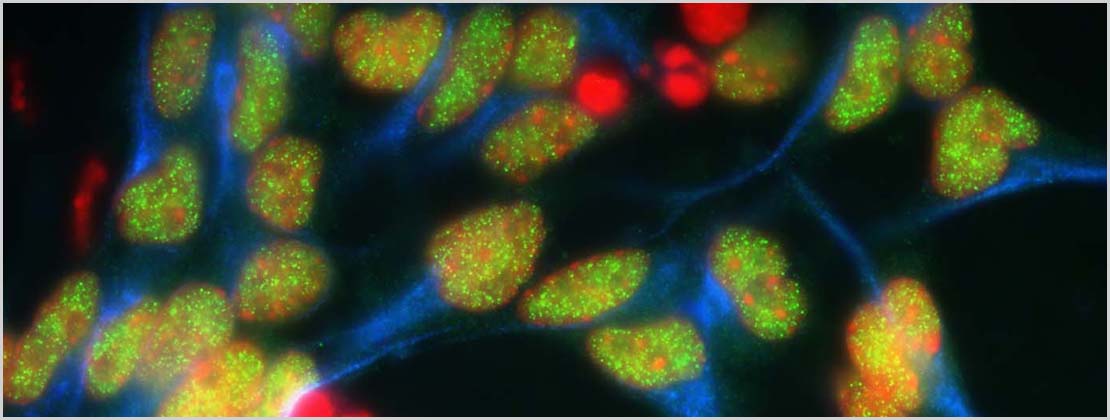
- Immunostaining images of neural precursor cells, which were obtained using specific antibodies
(Blue: neural precursor cell marker, green: chromatin protein, red: DNA)
Researchers
*Click to view researcher profiles
-
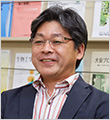
Prof.
AZUMA Masayuki -
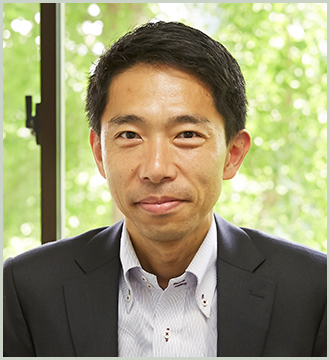
Prof.
TACHIBANA Taro -
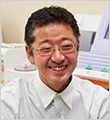
Prof.
TACHIBANA Akira -
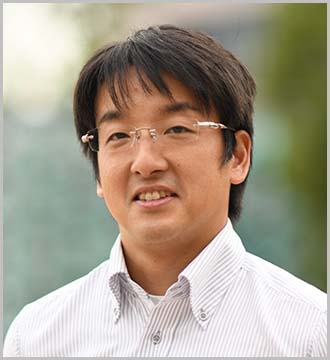
Assoc. Prof.
OJIMA Yoshihiro -
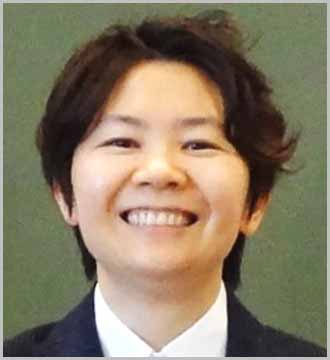
Lecturer
YOKOYAMA Chikako -
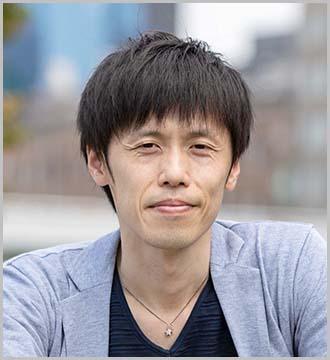
Special Appointment RA
IHARA Kan'ichiro
Collaborative Laboratory
Environmental Material Chemistry
We are working on the development of solid catalysts and photo catalysts that can help solve environmental and energy problems. Our goal is to construct an environmentally friendly chemical reaction system, including the development of artificial photosynthesis. We also analyze various physical properties, using a range of spectroscopic methods, and design materials at the molecular and nano levels, in order to create excellent solid catalysts.

- Nano space distribution mapping of catalytically active and inactive sites
Admission Policy
Education in our faculty is conducted in small groups throughout 4 years, in accordance with our university’s principles of education. Students are encouraged to learn fundamental theory and practical applications of chemistry and biotechnology. Through their studies, students acquire knowledge of basic concepts of substance and life, as well as their change at the atomic, molecular, genetic and cellular levels. We aim to cultivate specialists who are active in advanced fields of chemistry and biotechnology with a sense of responsibility and ethics as an engineer, and can contribute to society through various fields. Therefore, we welcome people with the following conditions to join our faculty.
- Those who have ability and enthusiasm to understand a basic knowledge of chemistry and biotechnology
- Those with a keen interest in chemistry and life phenomena, as well as a strong inquiring mind and enthusiasm for developing new technology
- Those who like experiments and making natural observations
- Those who strive to enhance their communication skills, ability in regards to research, ability to logically describe phenomena and their individual presentation skills
- Those who possess ethical values and a desire to acquire a wide range of cultural knowledge

